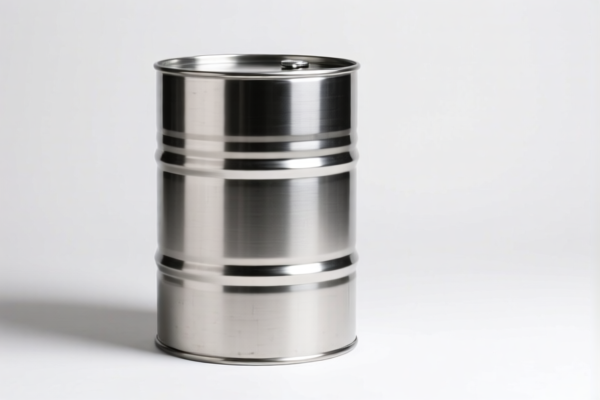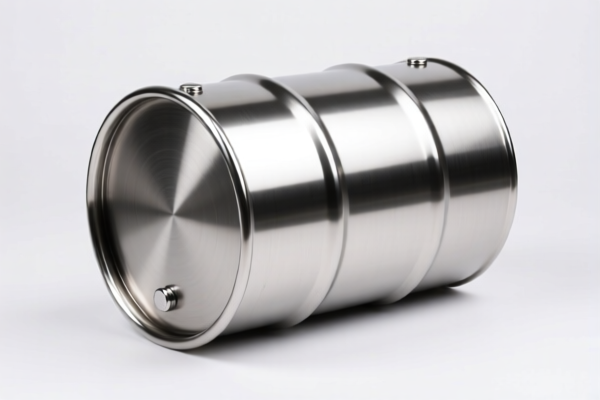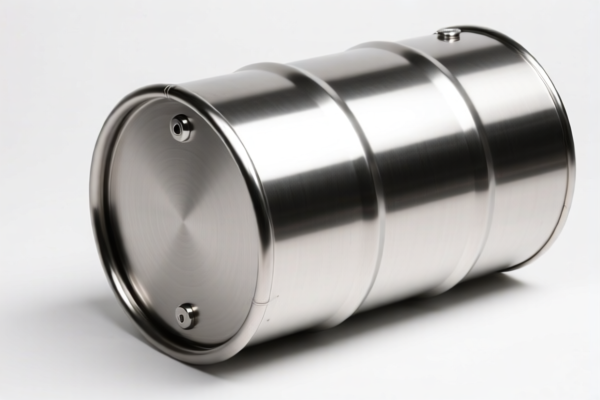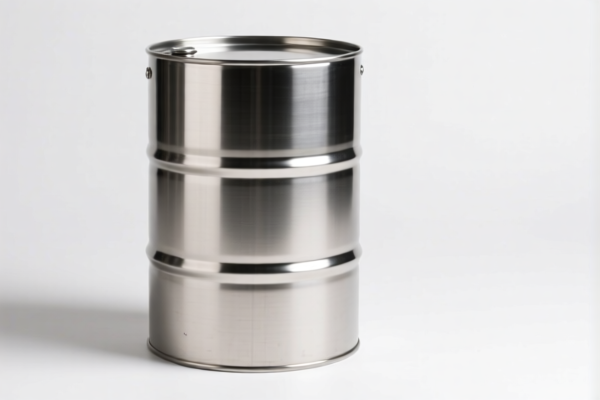| HS Code | Official Doc | Tariff Rate | Origin | Destination | Effective Date |
|---|---|---|---|---|---|
| 7222110001 | Doc | 30.0% | CN | US | 2025-05-12 |
| 7222190001 | Doc | 30.0% | CN | US | 2025-05-12 |
| 7218100000 | Doc | 30.0% | CN | US | 2025-05-12 |
| 7218910015 | Doc | 30.0% | CN | US | 2025-05-12 |
| 8311900000 | Doc | 55.0% | CN | US | 2025-05-12 |
| 8301600000 | Doc | 40.3% | CN | US | 2025-05-12 |




Stainless Steel Bar
A stainless steel bar is a solid, cylindrical metal product manufactured from stainless steel alloys. These bars are widely utilized across numerous industries due to their strength, corrosion resistance, and versatility.
Material Composition
Stainless steel is not a single material but rather a group of iron-based alloys containing a minimum of 10.5% chromium. The chromium creates a passive layer of chromium oxide on the surface, protecting the underlying material from corrosion. Various alloying elements are added to enhance specific properties:
- Austenitic Stainless Steel (300 series): Contains high levels of chromium and nickel, offering excellent corrosion resistance and formability. Common grades include 304 and 316.
- Ferritic Stainless Steel (400 series): Contains chromium but typically lower levels of nickel. Offers good corrosion resistance and magnetic properties.
- Martensitic Stainless Steel (400 series): Contains chromium and higher carbon content, allowing for heat treatment to increase hardness and strength.
- Duplex Stainless Steel: A mix of austenitic and ferritic structures, providing high strength and corrosion resistance.
- Precipitation Hardening Stainless Steel: Achieves high strength through heat treatment.
Purpose & Function
Stainless steel bars serve a broad range of functions, primarily leveraging their mechanical properties and corrosion resistance:
- Structural Support: Used in construction, machinery, and equipment frameworks.
- Shafts & Axles: High strength and durability make them suitable for rotating components.
- Fasteners: Bolts, screws, and studs requiring corrosion resistance.
- Precision Components: Machined into intricate parts for various applications.
- Fluid Handling: Used in valves, pumps, and piping systems where corrosion is a concern.
- Medical Implants & Instruments: Specific grades (e.g., 316L) are biocompatible and resistant to sterilization.
Usage Scenarios
- Construction: Reinforcing bars (rebar), handrails, structural supports.
- Automotive: Axles, shafts, fasteners, exhaust systems.
- Aerospace: Structural components, fasteners.
- Chemical Processing: Valves, pumps, piping, reactors.
- Food & Beverage: Equipment components, tanks, piping.
- Marine: Fasteners, shafts, structural components in saltwater environments.
- Medical: Surgical instruments, implants, dental tools.
- Oil & Gas: Downhole tools, pipelines, valves.
Common Types & Forms
- Bright Bars: Finished to a smooth, polished surface, often used for aesthetic applications or precision machining.
- Cold Finished Bars: Processed at room temperature to achieve tight tolerances and improved surface finish.
- Hot Rolled Bars: Processed at high temperatures, typically less precise than cold finished bars but more cost-effective.
- Ground Bars: Machined to precise dimensions and surface finish.
- Round Bars: Cylindrical cross-section, the most common form.
- Square Bars: Square cross-section.
- Flat Bars: Rectangular cross-section.
- Hex Bars: Hexagonal cross-section, often used for making fasteners.
- Threaded Bars (Studs): Bars with threads along their length for fastening.
Stainless steel bars can be categorized based on their processing state and cross-sectional shape. The following HS codes may be applicable:
- 7222110001: This code covers “Other bars and rods of stainless steel; angles, shapes and sections of stainless steel: Bars and rods, not further worked than hot-rolled, hot-drawn or extruded: Of circular cross-section Electroslag or vacuum arc remelted”. This applies to stainless steel bars that have only undergone basic processing like hot-rolling, hot-drawing, or extrusion and have a circular cross-section, produced via electroslag or vacuum arc remelting. The total tax rate is 30.0%.
- 7222190001: This code covers “Other bars and rods of stainless steel; angles, shapes and sections of stainless steel: Bars and rods, not further worked than hot-rolled, hot-drawn or extruded: Other Electroslag or vacuum arc remelted”. This applies to stainless steel bars that have only undergone basic processing like hot-rolling, hot-drawing, or extrusion, excluding those with a circular cross-section, and produced via electroslag or vacuum arc remelting. The total tax rate is 30.0%.
It is important to determine the exact processing method (hot-rolled, hot-drawn, or extruded) and cross-sectional shape of the stainless steel bar to select the correct HS code. Both codes have a total tax rate of 30.0% as of 2025.4.2.
Customer Reviews
No reviews yet.